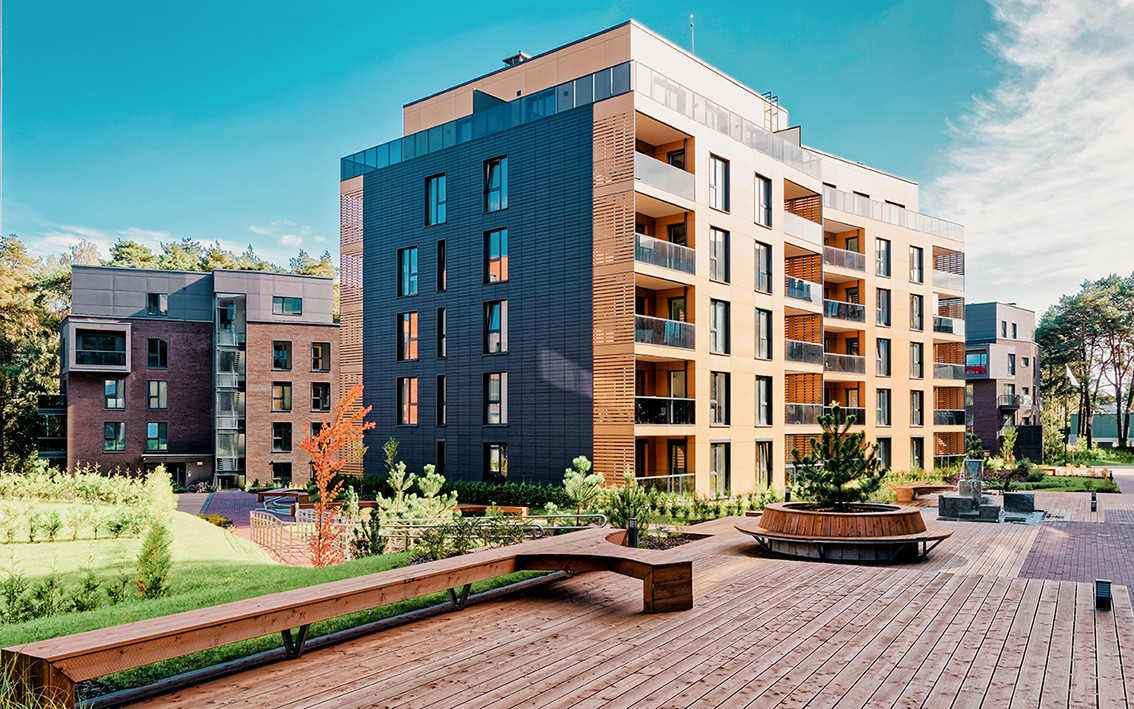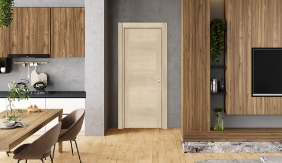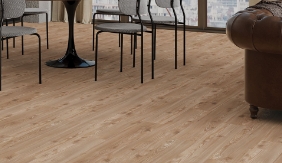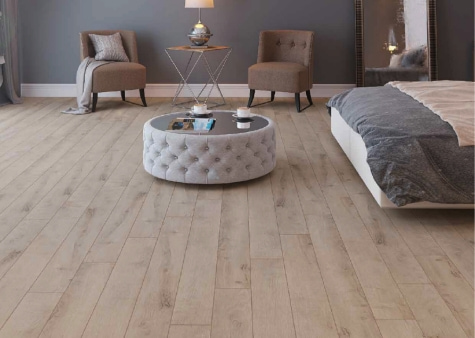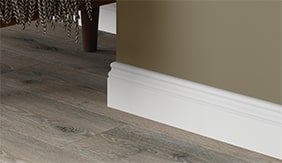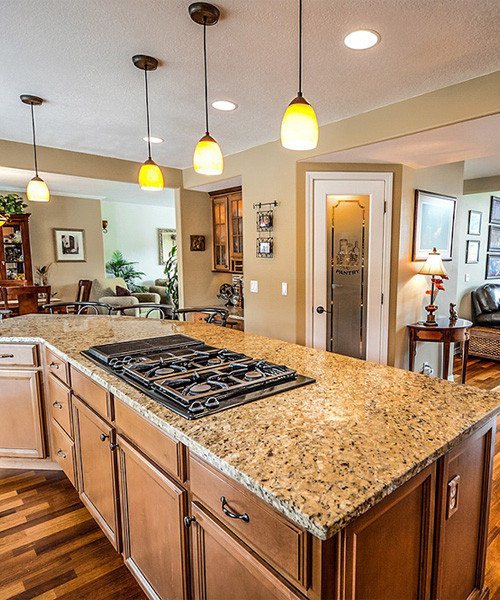Earthquake-Resistant Structures
Although Turkey is exposed to many earthquakes every day due to its geographical location, some of them cause disasters with their magnitude. The earthquake centered in Kahramanmaraş, which took place on February 6, 2023 and affected 11 cities, is one of them.
As a result of the natural disaster, some buildings were completely damaged while others did not even have cracks, revealing the importance of architecture and engineering. No matter how large the earthquake is, a building designed under appropriate conditions can survive this disaster without sustaining damage. For this reason, the importance of building earthquake-resistant structures has again emerged.
Earthquake-resistant buildings are constructed with quality materials strictly in line with the floor plan and project. Although the architectural project is essential in this construction process, interior architecture also plays a key role.
No matter how well and correctly the building is built, cutting columns to expand the space, demolishing the wrong wall, extra floors, and terraces can cause the whole structure to collapse in a shake. For this reason, professional interior designers should be consulted when designing the interior of the houses, and the furniture should be fixed and placed properly. An earthquake-resistant building is not just about its exterior. An adequately designed interior architecture can help you hold on to life thanks to the triangle of life, even if you are inside a collapsed building.
Interior designs developed to be earthquake resistant are as important as architecture. Interior architects need to determine the position of the items in the house well as a precaution against earthquakes. Things that may fall during a tremor should be fixed, and dangerous materials such as glass and mirrors should be used carefully. Especially, sharp corners can injure people who fall during an earthquake. Therefore, furniture with ovalized corners is recommended. Fixing suspended ceilings and mezzanine floors used in interior design with materials and techniques that provide high security also enables earthquake resistance.
How Should Earthquake-Resistant Buildings Be?
After the earthquakes, it has been understood that the conception of limiting the earthquake resistance of buildings only to the architectural project proves inadequate. For this reason, some universities have even added an "Earthquake Resistant Interiors" course to the curriculum.
Even if the building does not collapse during the earthquake, an unfixed cabinet can cause loss of life. After the 1999 Kocaeli Earthquake, it has been understood that interior architectural elements, such as solid walls, ceilings, unfixed cabinets, wardrobes, sideboards, sideboards, showcases, dressers, and bookcases, alone caused loss of life and injuries. In addition, elements such as white goods and movable furniture also cause non-structural damages that require repair.
For this reason, interior architecture is also essential for the earthquake resistance of space designs. So how should the internal architecture of an earthquake-resistant home be?
In earthquake-resistant interior designs, suspended ceilings, decorations, and furniture that may fall should be well fixed.
Steel construction, which offers high durability, should be primarily preferred in architectural elements used in a suspended position.
Shelves and hanging cabinets should be placed according to the bearing capacity of the walls and columns by analyzing the structure.
Using glass and mirrors that can break and cause damage near the bed should be avoided. For example, bedside lamps fixed to the wall should be used instead of lights on the nightstand.
It is necessary to use durable furniture that can form a life triangle if the person is caught in an earthquake on the sofa or while sleeping. For example, solid bases can withstand more weight instead of metal bedsteads.
A rail system is recommended instead of opening cabinet doors. Opened cabinet doors should be locked and secured.
Using flexible fittings in gas and water systems prevents possible leaks, making them safer.
How Many Floors Should Earthquake-Resistant Buildings Have?
Earthquake-resistant buildings must comply with the earthquake legislation and requirements, regardless of the number of floors.
References:
https://www.medyaege.com.tr/depreme-dayanikli-ic-mekanlar-dersi-verilecek-215192h.htm
https://icmimarlarodasi.org.tr/haber_detay/270
https://dergipark.org.tr/tr/download/article-file/202885
https://www.arkitera.com/haber/depreme-dayanikli-yapi-tasarimi-uzerine-notlar-1/
https://bilimgenc.tubitak.gov.tr/makale/sismik-izolator-depremde-binalarin-yikilmasini-nasil-engelliyor
